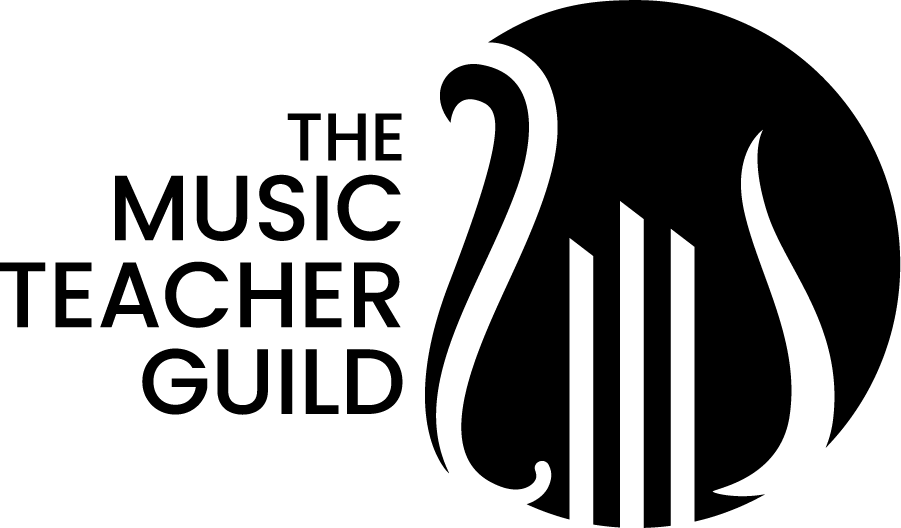Building an Effective Online Portfolio for Music Teachers
In today’s digital age, having an effective online portfolio is essential for music teachers looking to grow their careers. Whether you’re aiming to attract more students, network with colleagues, or showcase your teaching methods, a well-crafted portfolio can set you apart in a crowded field. By providing a snapshot of your skills, experience, and teaching philosophy, your online portfolio becomes a 24/7 representation of who you are as an educator. It’s not just about having a website; it’s about creating a compelling, professional presence that can speak to potential students, parents, and peers alike.
Why Every Music Teacher Needs an Online Portfolio
In a world where students and parents increasingly turn to the internet to find services, a strong online presence is no longer optional for music teachers. Your online portfolio acts as a digital business card, instantly showcasing your qualifications, experience, and unique teaching style. Not only does it help attract new students, but it also provides a platform to share your success stories, performance videos, and teaching philosophy with a wider audience. For music educators, this is a powerful tool to expand your reach beyond local communities.
Essential Elements of an Online Portfolio
Building an online portfolio can feel daunting, but it doesn't have to be. Start with these essential elements to ensure your portfolio is both professional and engaging:
Biography and Credentials: Provide a clear and concise overview of your background, including your education, certifications, and years of teaching experience.
Teaching Philosophy: This section should highlight your approach to teaching, what students can expect, and what makes your methods unique.
Student Testimonials and Success Stories: Nothing speaks louder than the experiences of your past students. Include quotes, success stories, or even short video testimonials.
Multimedia: Music is a highly auditory and visual art form, so your portfolio should feature audio or video recordings of your performances, sample lessons, or student recitals. You can also include examples of lesson plans, exercises, or sheet music.
Choosing the Right Platform
When it comes to building your online portfolio, there are several options available:
Popular Platforms: Websites like Wix, Squarespace, and WordPress are user-friendly and offer customizable templates specifically for educators.
Self-Hosted vs. Third-Party Platforms: While third-party platforms are easier to set up, a self-hosted website gives you more control over your design and branding. Think about your long-term goals and technical comfort level when making this choice.
Key Features to Look For: Ensure the platform you choose allows for multimedia integration (videos, audio files), blogging (to share teaching insights), and mobile optimization (so your portfolio looks great on any device).
Showcasing Your Unique Teaching Style
Your portfolio is more than just a collection of facts and credentials; it’s an opportunity to present your personal brand as a music teacher. Here are a few ways to highlight your teaching style:
Video Lessons: Short, engaging videos of you teaching a concept or demonstrating an instrument can give potential students an idea of what to expect.
Performance Clips: Showcase your own musicianship by including videos of your performances or collaborations.
Visuals: Use high-quality images of your teaching environment, recitals, or yourself in action. Visual content can instantly draw attention and make a lasting impression.
Optimizing for Search and Accessibility
No matter how impressive your online portfolio is, it won't be effective if no one can find it. That’s where SEO (Search Engine Optimization) comes in.
SEO Basics: Use relevant keywords like "online portfolios for music teachers" in your headings, meta descriptions, and throughout your content to improve your ranking in search engines like Google.
Accessibility: Ensure that your portfolio is accessible to all users, including those with disabilities. Use alt text for images, provide transcriptions for audio content, and use a clear, simple layout.
Keeping Your Portfolio Updated
An online portfolio should never be static. To keep it relevant and fresh, make a habit of regularly updating it with new content:
New Accomplishments: Have you recently earned a certification or taught a particularly noteworthy student? Update your biography to reflect these milestones.
Fresh Media: Add new videos, lesson excerpts, or performance recordings periodically to keep your portfolio engaging.
Stay Current with Technology: Make sure your portfolio is mobile-friendly and compatible with any new platforms or trends in web design.
Call to Action: Take the Next Step!
Building an online portfolio is an investment in your future as a music educator. Whether you're just starting out or looking to revamp an existing site, the effort will pay off in increased visibility, credibility, and student interest. Start by choosing a platform, organizing your content, and adding personal touches that showcase your unique strengths. Before long, you'll have an online portfolio that represents your teaching excellence and attracts the right students.

